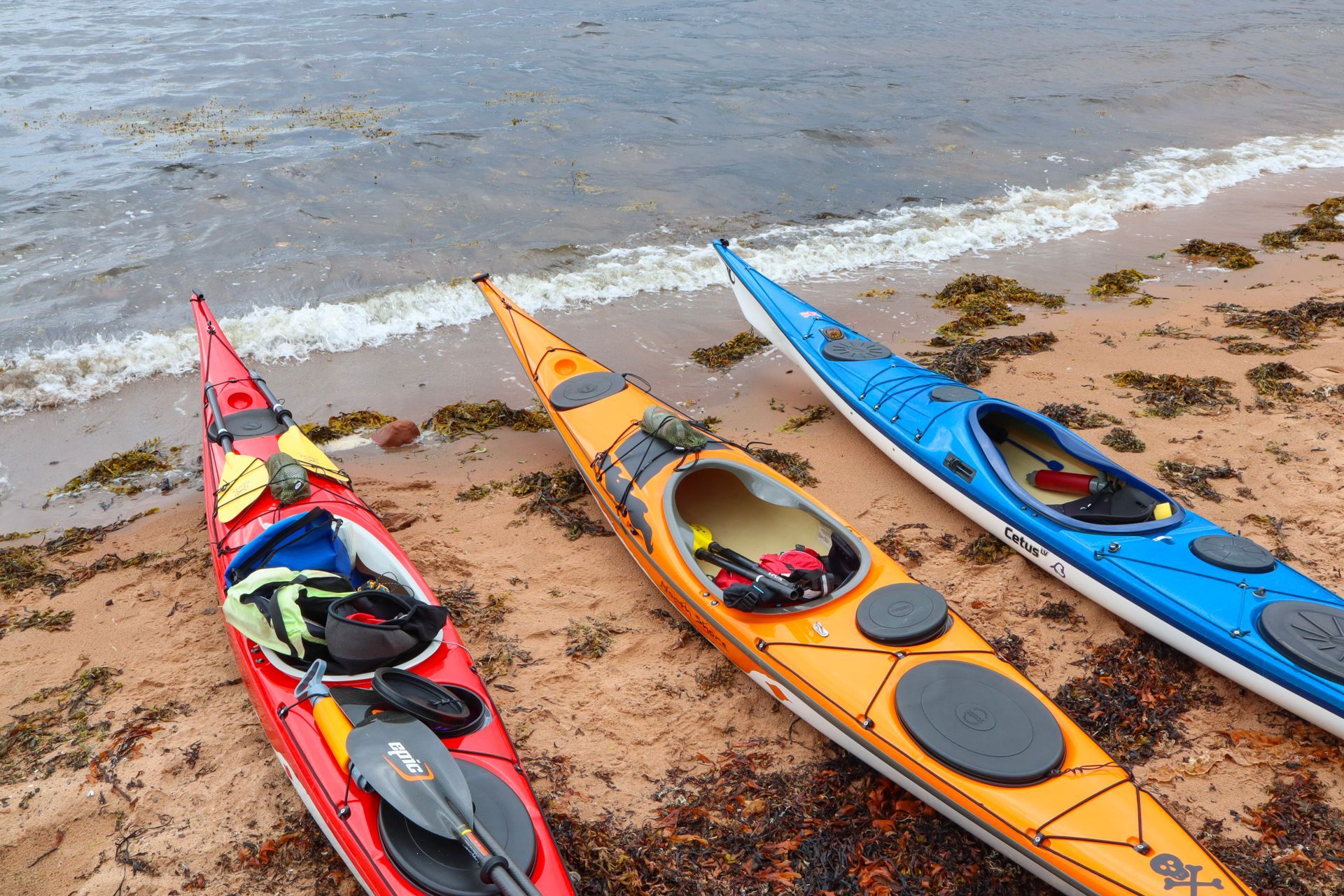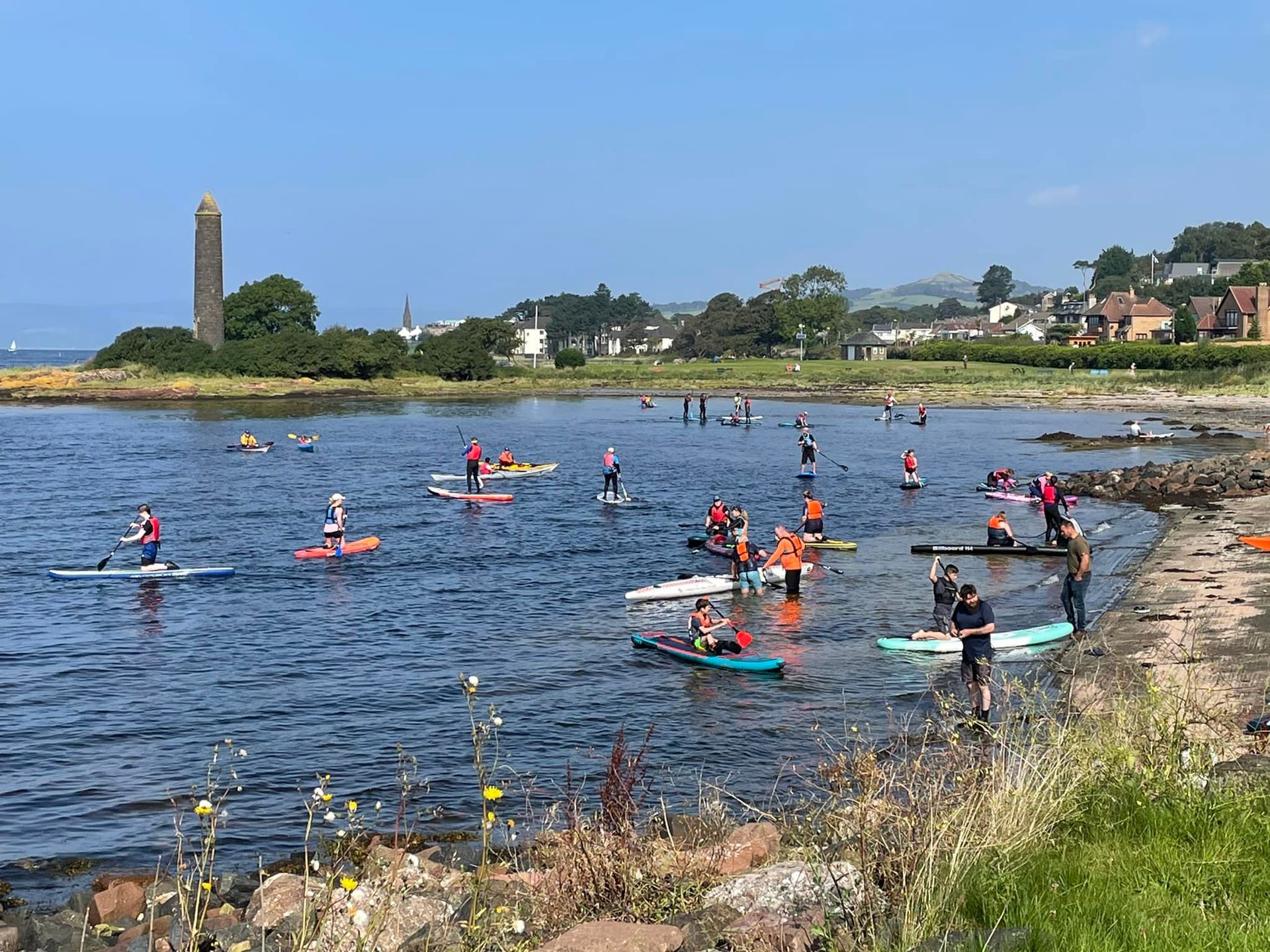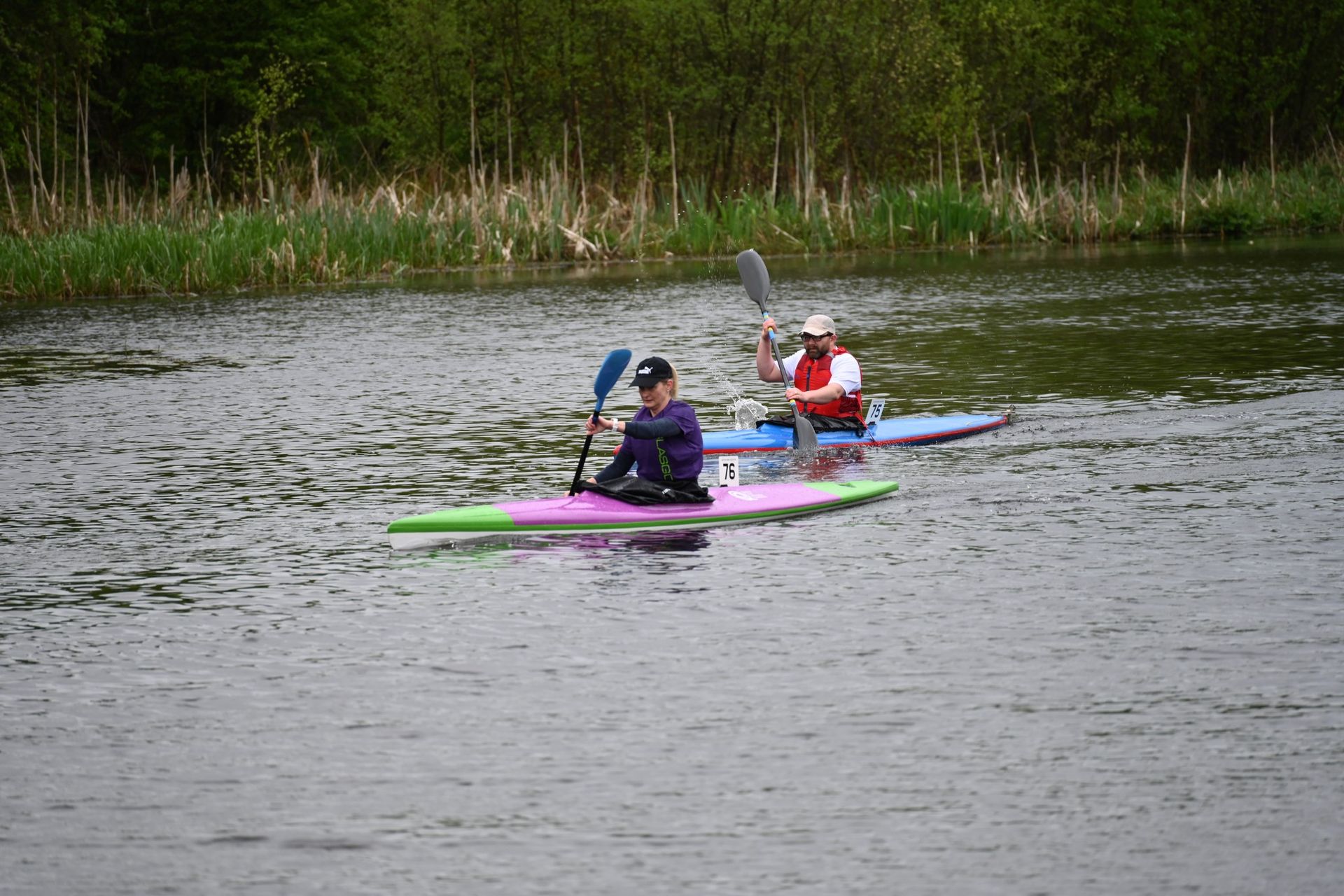Guidance for Stand Up Paddleboard Instructors, Coaches & Leaders
Based on commissioned research and recommendations regarding SUP leashes, British Canoeing Awarding Body (BCAB) would like to highlight the following areas. All SUP Instructors, Coaches and Leaders should consider them in their delivery and ensure participant understanding.
As SUP Instructors, Coaches and Leaders, we have a valuable opportunity to interact with individuals seeking advice and guidance, whether through brief encounters or ongoing sessions. In all circumstances, it is crucial that our delivery enhances their awareness and decision-making abilities.
Situational Awareness:
A fundamental aspect is developing participants' understanding of the environment and their own capabilities. Involving them in risk management and decision-making processes will foster a better grasp of situational awareness. Collaboratively create plans that incorporate weather conditions, wind direction, river levels, where natural (e.g. trees/branches in water) and man-made structures are situated (including weirs).
Leashes in White Water:
Our current guidance remains that leashes should not be used on any graded rivers. For all BCAB White Water courses (training or assessments), leashes are strictly prohibited.
Weirs:
We strongly recommend that Stand Up Paddleboarders avoid weirs and other man made structures (for further information regarding weirs please look at this guidance from Water Safety Lead Calum McNicol). Paddlers should ensure they understand their paddling environment and identify any such features present on the waterway. If these features are encountered, a plan must be in place to safely exit the water upstream, walk around, and re-enter the water further downstream. For all BCAB SUP courses, including both training and assessments, navigating weirs is strictly prohibited.
Leashes in Flow:
Current research indicates clear dangers associated with wearing leashes in flowing water, tragically evidenced by several fatalities in the UK. However, leashes also offer the benefit of maintaining contact with the board after a fall. It is vital to cultivate a strong understanding of when it is appropriate to use a waist leash and when any leash should be avoided, ensuring these decisions are made before encountering potential hazards.
Height Management:
It is important to emphasise the significance of height management while Stand Up Paddleboarding. Lowering one's centre of gravity by dropping to the knees provides greater stability.
Developing ‘situational awareness’ to recognise more turbulent water, shallow areas and gusts of wind can help paddlers adopt a more stable position on the board.
Characteristics of Leashes:
In most situations, wearing a waist-mounted leash in conjunction with a buoyancy aid is advisable for Stand Up Paddleboarding. However, the following points regarding waist leashes should be considered:
- Waist-mounted leashes can rotate around the body, potentially making it difficult to locate the quick-release system.
- Leashes mounted higher on the body, around the chest may allow for easier access to the quick-release mechanism and may reduce rotation.
- Excess webbing on quick-release belts should be removed - 3 cm of webbing protruding from your harness is the best length to ensure proper release – the action of opening the buckle pulls the 3 cm tail through, leaving no extra webbing behind, which can get twisted or caught in the buckle.
- Do not rely solely on an automated quick release system. If these are used then a manual quick release belt should also be incorporated.
Supporting resources:
- Article
- Podcast
- Onions C & Collins L (2013). A review of quick release harness performance in water rescue. International Journal of Emergency Services. Volume 2, issue 2. Collins L & Onions C (2014). Improving the performance of the quick release rescue harness. Journal of Search and Rescue. Volume 1, issue 3
CopyrightBCAB/GuidanceForStandUpPaddleboardInstructorsCoachesAndLeaders/V1-0June2025












